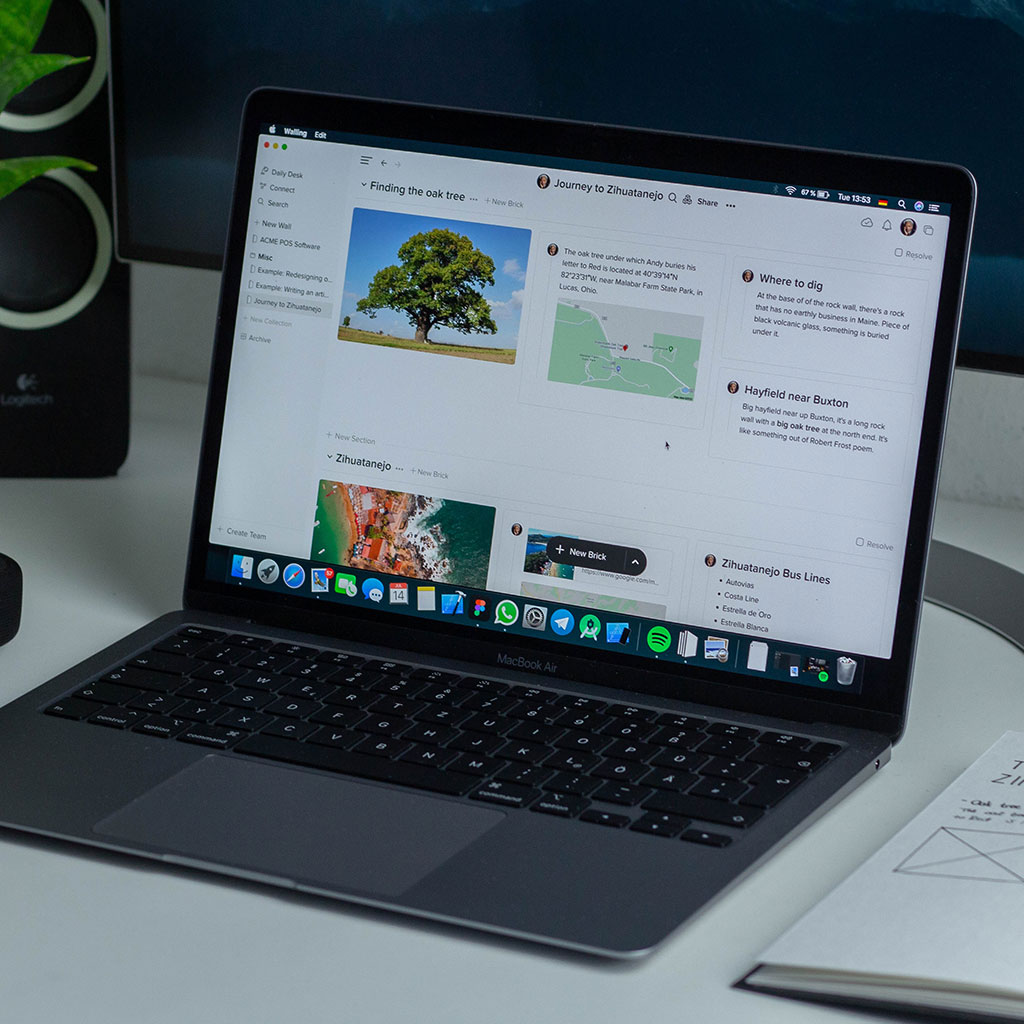How many Watts is the MacBook charger
How many Watts is the MacBook charger
The MacBook charger, an essential accessory for Apple users, comes in various wattage ratings. This guide provides a clear overview of the different wattages available, helping you choose the right charger for your specific MacBook model and charging needs.
What is the wattage of the MacBook charger?
MacBook chargers are available in different wattage ratings to cater to various models and their power requirements. Here’s a breakdown of the common MacBook chargers and their wattage:
- MacBook Air (M1, 2020, and later):
- The standard charger for the MacBook Air with M1 chip and newer models is a 30-watt USB-C power adapter.
- 13-inch MacBook Pro (M1, 2020, and later):
- The 13-inch MacBook Pro with M1 chip and newer models come with a 61-watt USB-C power adapter.
- 13-inch MacBook Pro (Late 2016-Mid 2020):
- The previous generation of 13-inch MacBook Pro models, released between late 2016 and mid-2020, was bundled with a 61-watt USB-C power adapter.
- 15-inch MacBook Pro (2016-2019):
- The 15-inch MacBook Pro models released between 2016 and 2019 require an 87-watt USB-C power adapter.
- 16-inch MacBook Pro (2019 and later):
- The 16-inch MacBook Pro models, introduced in 2019 and onwards, come with a higher-capacity 96-watt USB-C power adapter.
These wattage ratings represent the maximum power output that the respective chargers can deliver to the MacBook. It’s worth noting that using a higher wattage charger than what your MacBook is designed for is generally safe; the MacBook will only draw the power it needs. However, using a lower wattage charger may result in slower charging, especially during intensive tasks. Always ensure to use an Apple-certified charger or a reputable third-party charger that meets the required specifications for your MacBook model.
Is it safe to use a higher wattage charger than what is bundled with the MacBook?
Yes, it is generally safe to use a higher wattage charger than the one bundled with your MacBook. This is because devices like MacBook’s are designed to draw only the amount of power they require, regardless of the maximum capacity of the charger. For instance, if your MacBook is designed to work with a 61-watt charger but you use a 96-watt charger, it will still only draw the 61 watts it needs. However, there are some important considerations. Firstly, ensure that the higher wattage charger uses the same type of connection, such as a USB-C cable or a MagSafe 3 connector, as your MacBook. Using an incompatible connector may damage your laptop or charger. Additionally, higher-wattage power adapters are generally larger and heavier, which might impact the portability and convenience of your charging experience.
One potential advantage of using a higher-wattage charger is faster charging, especially when you’re performing demanding tasks on your MacBook. For instance, if you’re editing videos or working with resource-intensive software, a higher-wattage charger can provide more power to your MacBook, allowing it to charge while under heavy load. Moreover, if you have multiple devices that use USB-C connections, a higher-wattage charger can serve as a versatile power source for all of them, eliminating the need for separate chargers. However, it’s important to note that the laptop charger’s wattage should always meet the minimum requirements specified by the manufacturer. Using a charger with wattage significantly below the recommended minimum could result in slower or inadequate charging, especially during intensive tasks.
How does charger wattage affect MacBook performance during intensive tasks?
The wattage of a charger directly influences the charging speed and performance of a MacBook, particularly during demanding tasks. When a higher-wattage power adapter is used with a MacBook, it can deliver more electrical power to the laptop’s battery. This means that even when the laptop is engaged in intensive tasks like video editing or 3D rendering, it can continue to charge or at least maintain its current battery level. For example, a 96-watt USB-C charger can provide more power to the MacBook compared to a 61-watt charger. This is especially advantageous for professionals who rely on their MacBook for resource-intensive work, as it ensures that their device remains powered up even under heavy usage.
Furthermore, during intensive tasks, a higher-wattage charger can provide a buffer of extra power, allowing the MacBook to operate at full performance without drawing down the battery. This not only enhances the laptop’s charging experience but also contributes to its overall performance and responsiveness. For example, the introduction of the MagSafe 3 connector for MacBooks allows for even higher-wattage charging, further optimizing the power delivery process. However, it’s crucial to remember that while using a higher-wattage charger is generally safe, it should always meet the minimum wattage requirements specified by the manufacturer. Using a charger with insufficient wattage could result in slower charging rates or inadequate power supply, particularly during demanding tasks.





You must be logged in to post a comment.